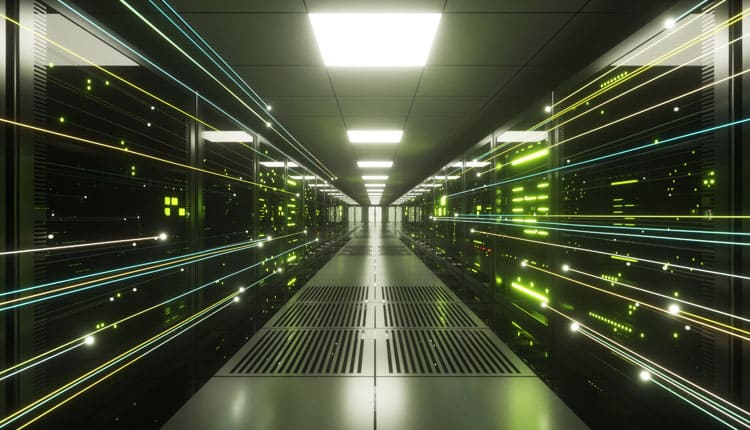By Madhav Kalia, Vice President, Global Data Center Business Head, ABB Ltd.
Mission-critical industries, such as oil and gas, cannot tolerate any downtime or they risk disastrous outcome if the system fails. Industrial heritage can bring new and innovative solutions to data centers to improve reliability and uptime of data center operations.
Data Center history
Many of today’s data centers grew out of computer rooms or server closets that were basically rooms attached to facilities. Power to these “data centers” was supplied through dedicated infrastructure and EPMS (Electrical Power Monitoring Systems) were provided if required. HVAC (heating, ventilation and air conditioning) and BMS (Building Management System) were added to get rid of waste heat.
Management and monitoring of the data center was often the responsibility of the IT department. Now and then,standalone temperature monitoring was established, but it required manual intervention: CRAC (Computer Room Air Conditioner) set points turned up or down, floor vents moved around to change airflow, or fans positioned to redirect cold air.
As data center requirements grew, dedicated buildings started to appear. Power consumption increased rapidly and the corresponding rise in waste heat resulted in sophisticated cooling designs. These new data centers still had dedicated, standalone systems for different tasks.
Band-aid solutions
Today’s modern data centers do not resemble traditional buildings at all; they are large, power-hungry, mission-critical pieces of infrastructure. Many data centers are still built using traditional methods and adopt design strategies that make implicit assumptions about control system failures, often at considerable cost. Common are management systems, in which individual subsystems exclude any possibility of mutual coordination.
Silos
Traditional data center construction often causes individual subsystems to be divided into standalone systems or “silos.” The electrical contractor supplies the EPMS, the mechanical contractor the BMS, etc. The result is duplication of material and effort because each system contractor will need to install, wire, program and commission separate systems that share common actions: read data from devices, display data on screens and inform users about incidents.
Revolution rather than evolution
Data centers manage critical data for global communications, financial transactions, government services, business operations and entertainment.
From a size and criticality perspective, modern data centers have much more in common with industrial facilities – such as power plants or oil refineries– than with commercial buildings. It seems obvious that industrial-grade automation systems, that are robust and highly hardened, should be used to monitor and manage data center infrastructure. Furthermore, they can scale from small to extremely large and from simple to extremely complex. They are cyber-secure and designed for continuous operations, complying to rigorous standards set in industrial environments.
Reduce downtime and optimize operations
Data Center Automation systems also become the natural platform for advanced functionality. Since the data on power consumption, cooling, performance metrics and status are managed by one system in real-time, advanced prediction and optimization can be performed.
Condition-based monitoring can provide cost-savings because maintenance is triggered using predictive indicators. Health information is collected from the electrical and mechanical systems, aggregated, analyzed and compared to historical data to provide advanced warning of degrading equipment performance or imminent failure. This approach optimizes operations, reduces the risk of downtime and eliminates waste associated with premature or unnecessary maintenance.
Intelligent data centers
Technologies such as 5G and the Internet of Things are pushing data center designs to new levels of complexity. Old efficiency metrics like power utilization effectiveness (PUE) will have little meaning in a world where IT load can transition from 0 to 100 percent and back to 0 percent over the course of a day. To be truly efficient, the facility itself has to be “self-driving” and predictive so it can deliver energy and cooling to handle such transient loads.
Truly intelligent data centers can only be realized through Data Center Automation because it provides the necessary functions to make both operations and maintenance more efficient.

